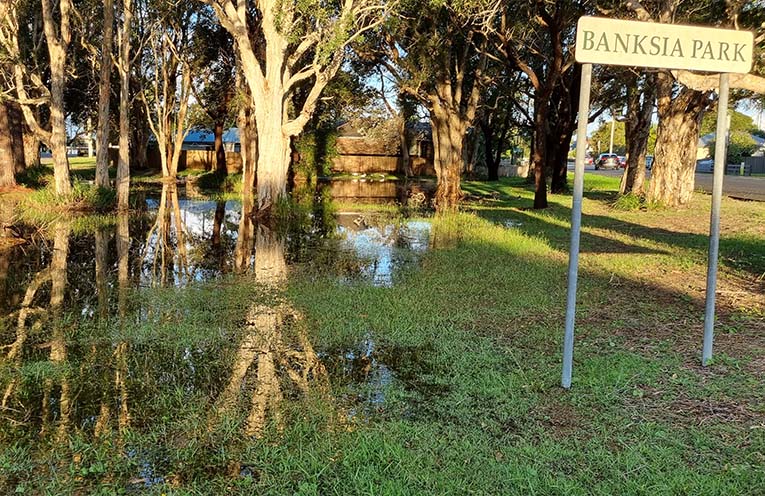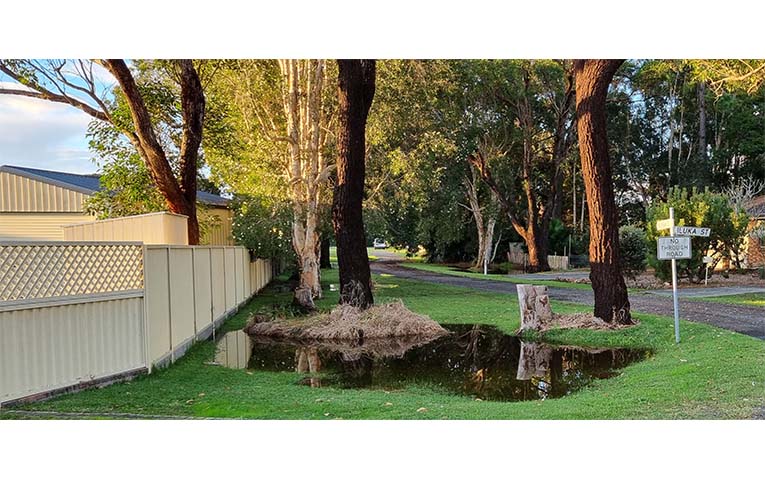
TORRENTIAL rain in April and May are providing plenty of breeding grounds for mosquitoes all the way up the coast and hinterland.
University of Sydney’s Associate Professor Cameron Webb, a medical entomology expert for NSW Health, specialising in mosquito research, has researched the bane of backyard barbecues for 30 years, and spoke with NOTA about the recent jump in mosquito numbers.
 Advertise with News of The Area today.
Advertise with News of The Area today.It’s worth it for your business.
Message us.
Phone us – (02) 4981 8882.
Email us – media@newsofthearea.com.au
“King tides, lots of rain, the weather not particularly cold yet – mozzies like this, and lots of water persisting in an environment means they will lay eggs,” Dr Webb explained.
“It is a combination of factors over the course of a year, and the real impact of climate change is probably an extension of the mozzie season.
“We used to pack up our research traps by Easter, but now it continues well into May.”
“While in mid-summer it takes about a week for eggs to hatch, within two weeks after a major rainfall or king you will see a jump in numbers.”
The past season coastal estuaries, including Myall and Karuah, have seen plenty of spring and king tides, and most towns along the Myall Coast are partially built on or near wetlands, many now flooded.
The infamous Hexham Grey are but one of 60 species that persist in the area, but only a fraction of the total are cause for concern, as there is still, however, no enhanced risk of mosquito-borne diseases, according to Dr Webb.
“Diseases to be watchful for are Ross River Virus, which is not fatal, but severely debilitating, with joint pain, rashes, and thousands of cases each year in NSW.
“More fatal diseases are Murray Valley Encephalitis Virus and Japanese Encephalitis, mostly found in western NSW, and while they do exist, they are not a major concern this season, so far.”
The mosquito watchers utilise ‘sentinel chickens’, as well as mozzie traps, to keep an eye on mozzie-borne viruses.
“They are probably the best looked-after chickens, they only carry such diseases, and we can easily capture and test them for any incoming harm to humans,” Dr Webb explained.
“We’ve been using them since the 1970s, and it’s proven a sensitive measure.”
While some apps and miracle products claim to stave off the mozzie swarms, Dr Webb confirms that the best defence is proper clothing and repellent topical creams and lotions.
By Thomas O’KEEFE

